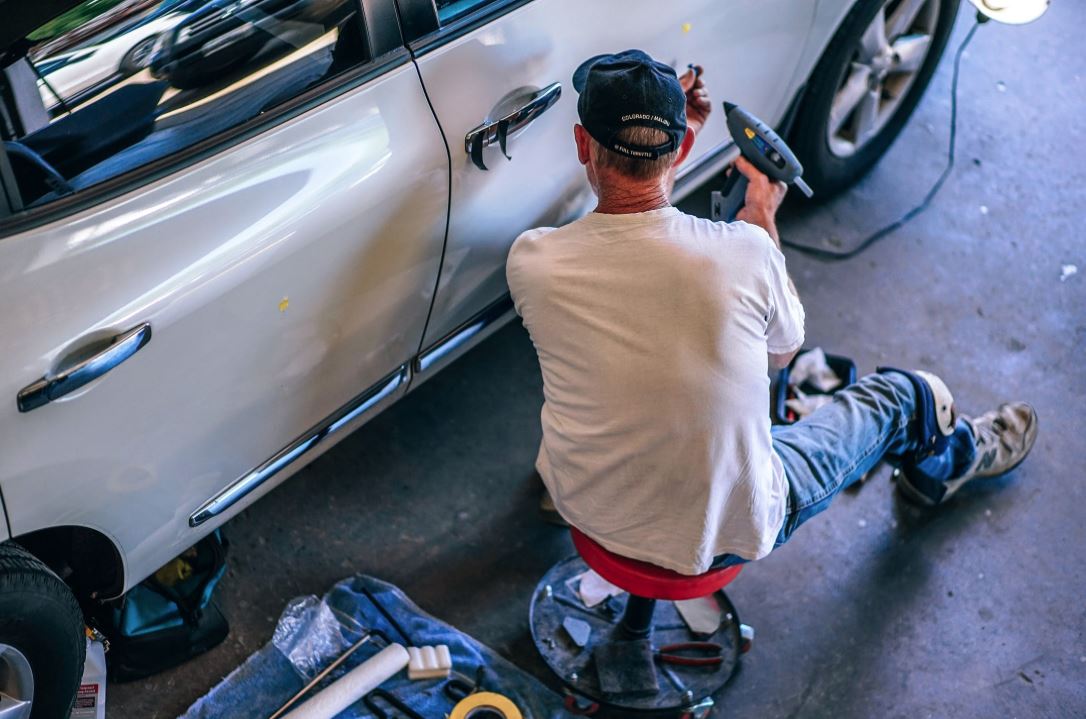In most countries, the vibrant teens form the biggest percentage of its population. Being agile and highly active, the teens have frequently engaged in reckless driving that has resulted into loss of lives and injuries. It has therefore become necessary to train them into safe, competent and confident drivers. Many governments today have amended strict road safety rules with a view to curb the increase in road mortality. Such rules require only drivers with driving licenses on the roads, driving licence application is made by teens who have successfully undergone driving lessons. Here is what teens do in an in-car driving lesson.
To begin with, most teen driving schools have vehicles that are equipped with two steering wheels, two brake pads and two accelerating pedals. This is useful for two reasons. First is for safety and secondly is to enhance faster learning. It has been proved that students who learn using these type of vehicles usually take half the time that students using the normal vehicles use. Professional instructors with broad experience train the teens.
Introduction to Driving
In the first day, the teen student is driven by an expert and just introduced to the steering wheel, the gear and the accelerating and brake pads. The perceptive skills are necessary so the student is only to see keenly and make personal analysis. Any questions are responded to.
The Basics
On the second day onwards, the student sits behind the steering wheel. It’s the first time the student touches the steering wheel, the gear stick and pads and all the driver interface.
So the second step is how to start the vehicle’s engine. This is not usually tricky as it just about using the car key. The third step is to teach the teen how make the vehicle start to move. The skill of engaging the first gear then how to balance it off with the accelerator to start the vehicle going smoothly.
Now that they can set the vehicle moving, it’s worth teaching them how to change the gear and engage a higher gear. The last basic is how to softly step on the brake pads and stop. It’s necessary as most people are used to instant stopping which is dangerous.
After the teen is conversant with how to start, stop and changing of gears, the real driving test now begins.
How to Drive in a Two Way Traffic
The student is taken in a highway with a two way traffic. The skills on how to change lanes carefully is imparted.
How to Deal with Junctions
It is necessary for the student to know how to steer around the vehicle in highways junctions. For instance, how to drive into a specific read in a busy junction.
How to Deal with Roundabouts
Maneuvering on roundabouts is usually core in driving. Being the final stages of driving, the student is professionally directed on how to control vehicles in a roundabout carefully to avoid accidents.
How to Deal with Traffic Lights
The next step is the street light literature. While sitting behind the steering, the teen is taught the meanings of the various traffic lights and how to respond to them. For example green means clear and thus the driver is instructed to drive.
Bay Parking and Reverse Parking
Parking is not as simple as it may sound. The instructor directs the potential driver on the how to park. Basically there is bay parking and reverse parking. The instances applicable and how to park is practically taught.
Conclusion
Teen driving lessons are necessary. All youths are encouraged to undergo as they are affordable and takes a short time.






